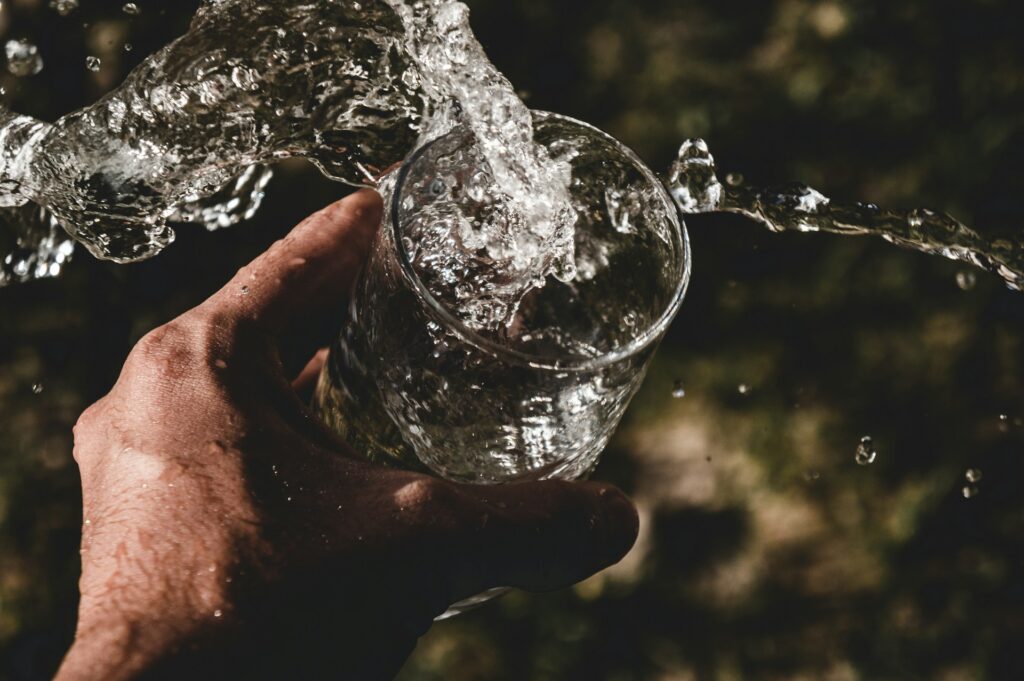How to Hydrate Yourself Effectively
By Finlay Gilkinson – 21/05/2025
Water is the foundation of life, making up about 60% of the human body. It regulates temperature, supports brain function, aids digestion, and keeps your skin glowing. But chugging a glass of water now and then isn’t always enough to stay optimally hydrated. Here’s how to hydrate more effectively with practical, science-backed tips.

1. Understand Your Body’s Water Needs
Everyone’s hydration needs vary based on factors like age, weight, activity level, and climate. A general rule is to aim for 2-3 litres (about 8-12 cups) of water daily, but this can increase if you’re active or live in a hot environment. To personalize:
2. Drink Water Consistently Throughout the Day
Sipping water regularly is more effective than gulping large amounts infrequently. Your body absorbs water better in smaller doses, as it reduces the strain on your kidneys and prevents excessive urination.
3. Enhance Water with Electrolytes
Plain water is great, but adding electrolytes like sodium, potassium, and magnesium can improve hydration, especially after sweating. Electrolytes help your cells absorb and retain water more effectively.
4. Eat Water-Rich Foods
Hydration doesn’t just come from drinks—many foods are packed with water and nutrients that support fluid balance.
5. Optimize Timing for Maximum Absorption
When you drink water can impact how well your body uses it:
6. Use Temperature to Your Advantage
The temperature of your water can affect how your body responds:
7. Limit Dehydrating Habits
Certain habits can sabotage your hydration efforts:
8. Monitor Your Hydration Status
Stay proactive by checking for signs of proper hydration:
9. Make Hydration Enjoyable
You’re more likely to hydrate yourself effectively if you enjoy the process:
10. Adapt to Your Environment
Your hydration needs change based on your surroundings:
How to Hydrate Yourself Effectively
Effective hydration is about more than just drinking water—it’s about consistency, balance, and understanding your body’s needs. By incorporating these strategies, you can ensure your body stays hydrated, energized, and ready to tackle the day. Start small, experiment with what works for you, and make hydration a seamless part of your routine.
Stay hydrated, stay healthy!
Ready to find the perfect job?
Our team of experts work with an extensive network of employers. Submit your CV to ensure you’re a part of our network of talented candidates and we’ll make you aware of opportunities before they are even posted.
